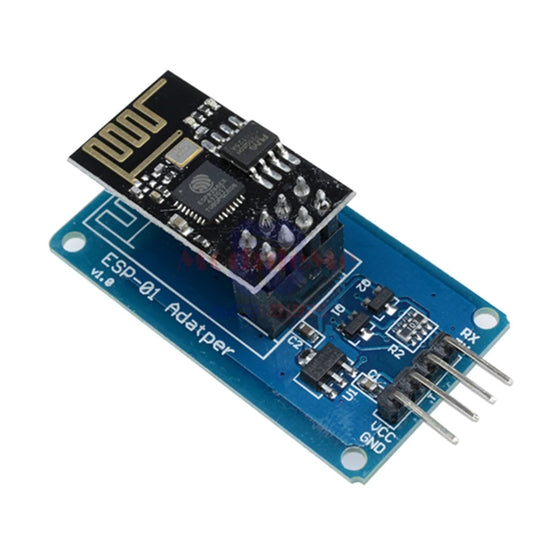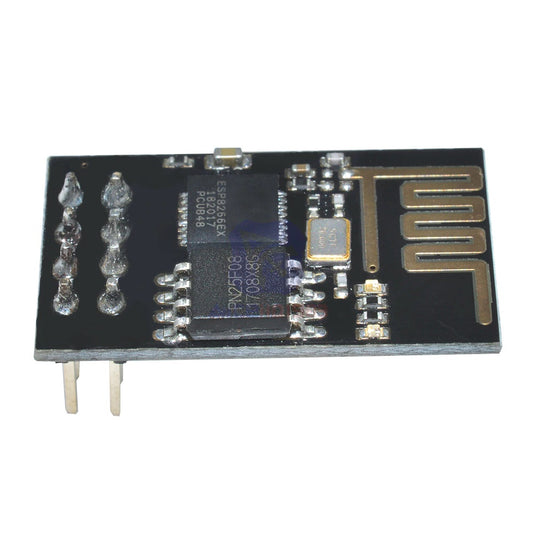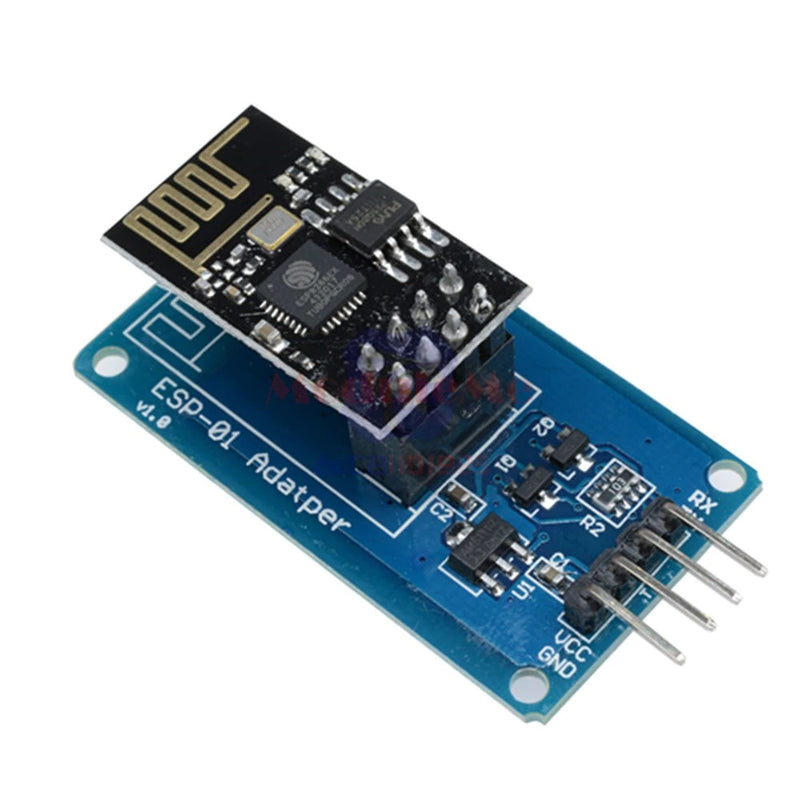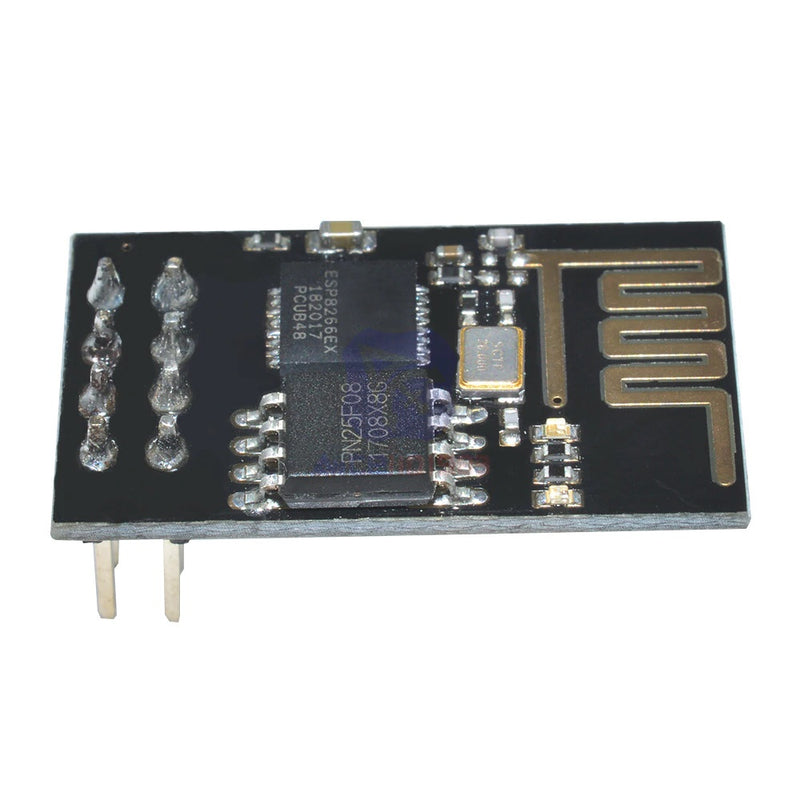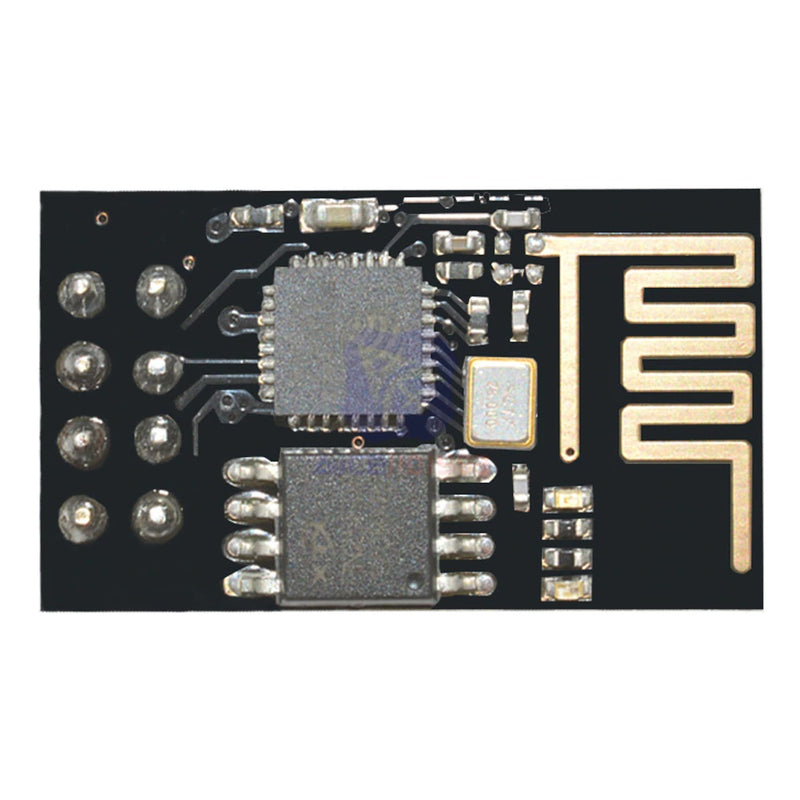ESP8266 has powerful on-board storage and processing capabilities that allow it to integrate with sensors and other application-specific devices through its GPIOs with minimal development ahead and minimal load during runtime. Its high degree of chip integration allows a minimum external circuit, and the entire solution, including the front module, is designed to occupy a minimum PCB area.
- SDIO 2.0 SPI UART
- 32-pin QFN package
- Integrated RF balun switch 24dBm PA DCXO and PMU
- Integrated RISC processor, on-chip memory and external memory interfaces
- Integrated baseband / processors
- Quality of
- I2S management service high-fidelity audio interface of applications
- Low-chip on-line linear regulators for all internal supplies
- Proprietary spurious-free clock generation architecture
- Integrated WEP, TKIP, AES and WPI engines
- Supports APSD for optical VoIP applications
- Patented spurious noise cancellation algorithm for integration in SOC applications
- Compatible with
- self-calibrated Bluetooth Bluetooth coexistence interface to ensure optimal performance in all operating conditions
Details:
- 802.11 b / g / n
- Direct Wi-Fi (P2P) de-AP
- Integrated protocol TCP / IP stack
- Integrated TR switch, balun, LNA, power amplifier and matching
- network Integrated PLLs, regulators, DCXO and units power management
- + 19 Output power 5dBm in 802.11b mode
- Power leakage current of <10uA
- Integrated low-power 32-bit CPU can be used as
- SDIO application processor 1.1 / 2.0 SPI UART
- Management 1 × 1 MIMO 2 × 1 MIMO
- - MPDU and A-MSDU aggregation and 0.4 ms Guard interval
- Wake up and transmit packets in <2 ms
- Standby power consumption of <1.0 mW (DTIM3)
Specifications

Resources
Tutorial
Want to buy in bulk?
Custom Requirements?
Discussion Forum
Feel free to ask questions, share tips or report issues.

